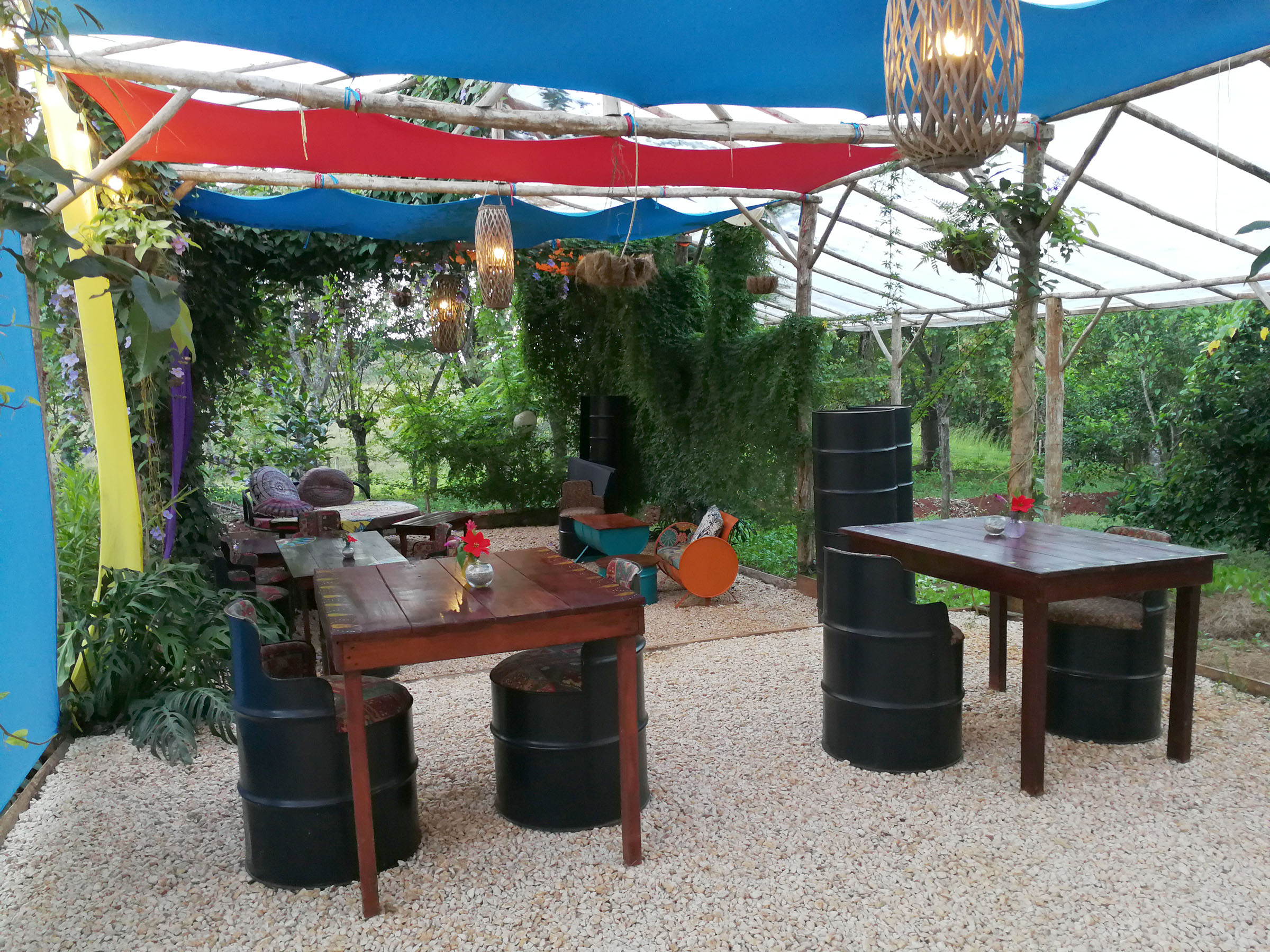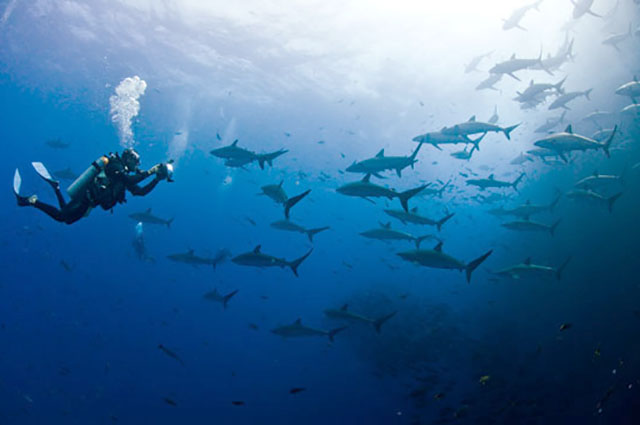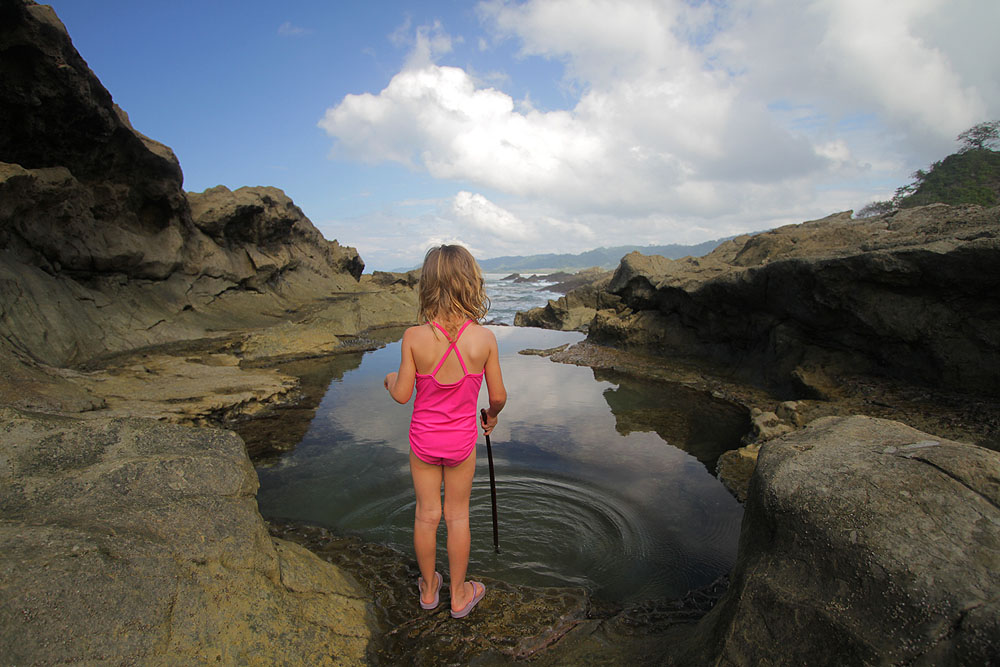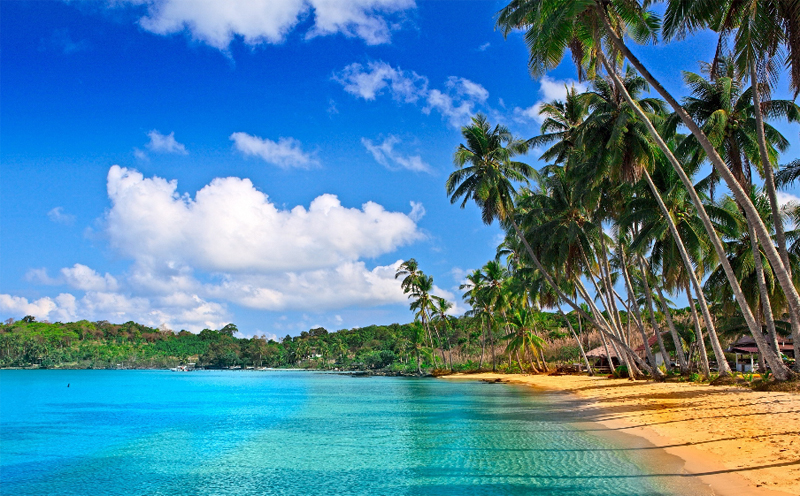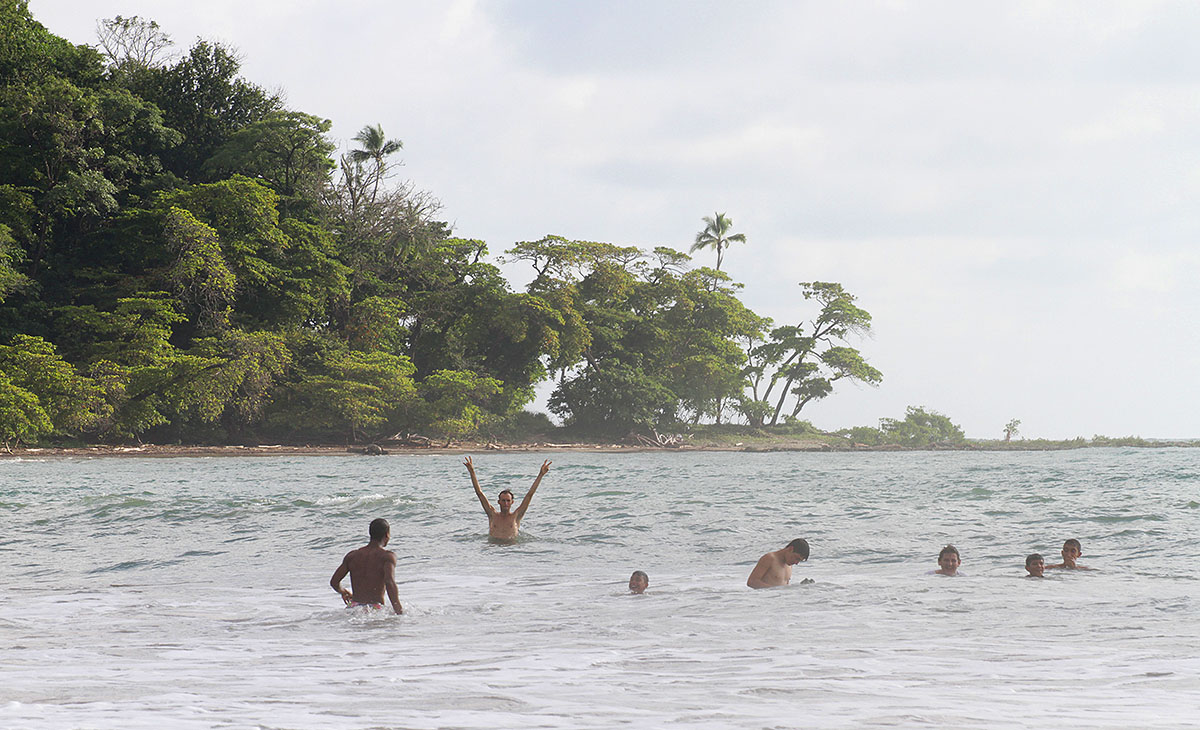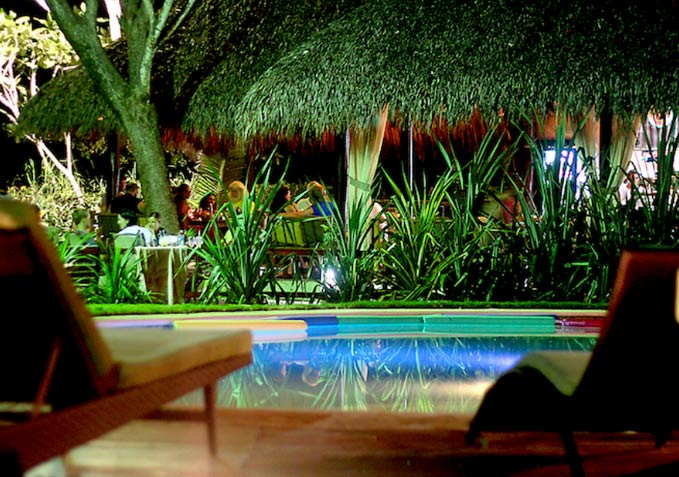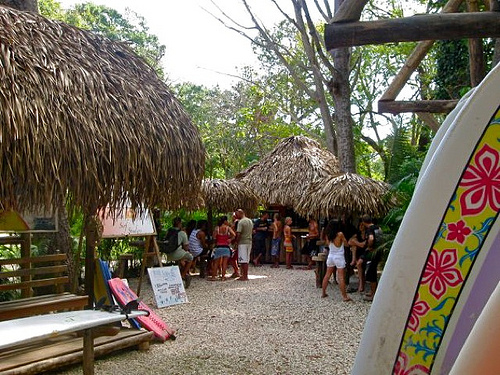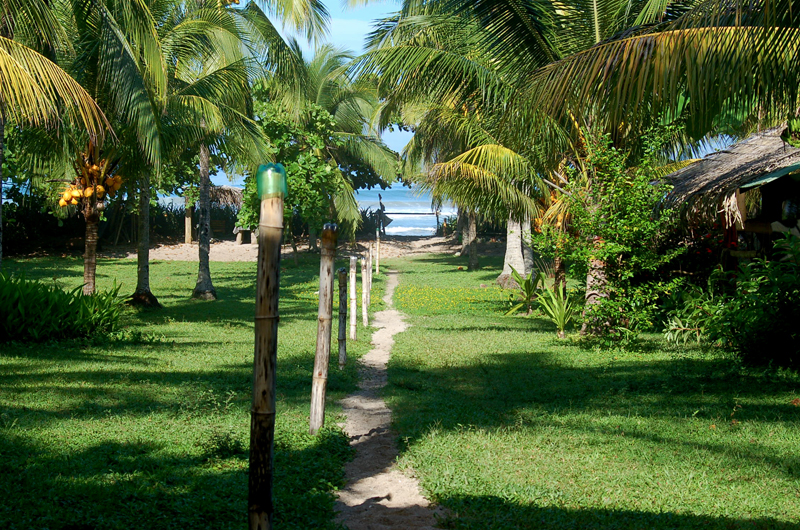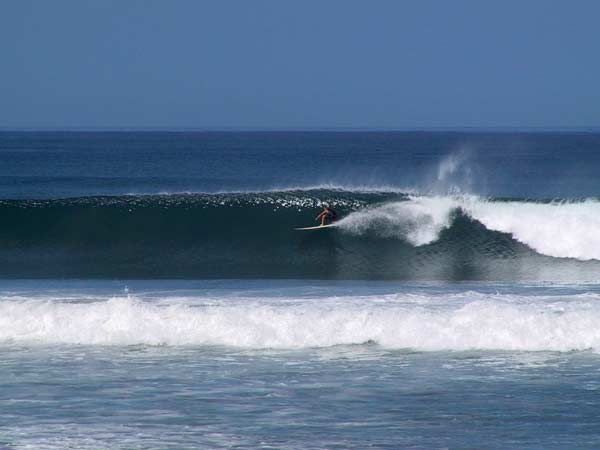Southern Nicoya Peninsula
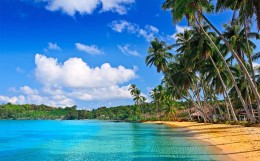
Southern Nicoya Peninsula
The Southern Nicoya Peninsula region is split from the primary Costa Rican land by the Gulf of Nicoya. From Guanacaste in the north, the area extends about 150 km until the southern landscape that’s more green and hilly. If you’re a tourist here, the first sight you’ll catch of the region will most likely be the Puntarenas, where the lush hills and rough coastline offer a heady welcome and a good idea of what’s in store for you in this beautiful area. The Nicoya Peninsula area is divided into Guanacaste (occupying the larger northern region of Nicoya) and Puntarenas.
The most striking feature about the Southern Nicoya Peninsula are its idyllic beaches. And hidden within these magnificent coasts are an assortment of vacation properties, scenic beach spots, charming fishing communities and small villages. The beaches are now easily accessible from San Jose after the launch of the Liberia International airport.
With sun kissed tropical beaches and near perfect surf breaks, it’s little wonder the beaches in this region are quite popular for surfing, sport fishing, snorkeling, deep sea diving, swimming and more. Many areas around what is known as the Costa Rican Pacific side is known to offer the best surfing stretch on earth.
Some of the most well-known beach villages in the region include Montezuma Beach, which is nestled on the southern tip of the peninsula. It is more boho-hippie beach that epitomizes the more open-minded streak of Costa Rica. Here it’s all about beach parties, an active nightlife and swanky pubs and eateries.
Other than some of the most hypnotic beaches and enchanting village communities and a picturesque landscape, the area is the hotbed of varied eco systems that are home to innumerable indigenous flora and fauna. Visitors can find everything from hatching turtles to rare bird specifies to humongous whales to other marine wonders. There are several natural and wildlife reserves in the area like the Cabo Blanco National park the Curu Nature Reserve, the Barra Honda, Vida Silvestra Curu, Marino Las Baulas and more that are nature and wildlife reserves.
The Cabo Blano National Park is made up primarily of secondary forest and a tiny section of primary forest. The terrain here is challenging and at times difficult to negotiate, especially at the higher points in the interiors. Though a tad on the rougher side, the hiking paths are suitable for hikers of all levels and physical abilities.
The relatively unoccupied Torutuga Islands receive the maximum tourists that come to this region. The reason – excellent snorkeling and deep sea diving conditions. The shallow waters of the gulf exude a striking transparent turquoise that is perfect for discovering the region’s underwater natural resources. This is also why private boat tours of the island are so popular. There are big ferries that offer transportation facility to the Nicoya Peninsula area from Puntarenas.
Malpais and Santa Teresa offer some of the best surfing conditions in the world and are the relatively unruffled and untouristy destinations of Costa Rica. Though there have been plenty of shopping and dining options off late, the place is still mostly untapped and makes for a good destination if you’re looking to enjoy secluded beaches and great surfing conditions minus the boisterous touristy crowded. Malpais allows you to enjoy the natural beauty of Costa Rica in peace. Its attitude is laid back and relaxed and there aren’t many tourist based activities here except for some zipline tours and horseback rides.
Samara is another laidback, non-hyped and restful Nicoya Peninsula village. Its offers a convenient array of services ranging from restaurants, hotels, and a choice of bars.
Sport fishing is one of the most popular activities in the area, and so is snorkeling and scuba diving around the sumptuous coral treasures of the Nicoya Peninsula. A hike along the beach brings visitors to the Tico settlement of Matapalo, a fabulous snorkeling spot. Birdwatchers can head straight for Chora Island, which is nestled off the coast and is the habitat of avian fauna. Samara’s peaceful water temperatures are perfect for swimming.
Playa Tambor is juxtaposed in the center of the Bahia Ballena in the southern Nicoya Peninsula. It has successfully maintained a rather laidback and unruffled feel despite the frantic developments happening in the region off late. This community is perfect for those looking to experience a Costa Rican destination that is still holds onto its relaxed roots, while also offering the contemporary comforts of a modern tourist town.
The Tambor beach area of Nicoya Peninsula offers several attractions and activities including a Casino at the Barcelo Playa Tambor Hotel, a world class golf course, action packed sport fishing charters in the pacific, scuba diving, quad biking and horseback riding. Tambor also has several old world charm sporting churches. And if all this doesn’t impress you much, fret not just enjoy the sun and sand or go on an explorative hike along the coast to discover the marine flora and fauna of the region.
There are some other sparsely populated but equally beautiful beaches in the region such as Playa Nosara, Playa Coyote, Playa Hermosa and more. It is virtually impossible to chronicle all existing beaches here. Your best bet would be to check with locals and take their recommendations. Chances the friendly locals won’t just tell you about the ‘secret’ beaches here; they will also lead you to those beaches, while telling you its fascinating story all along the way. Peppered by mountain terrain, the earlier volcanic land is currently sheltered by a combination of dry and wet tropical forest.
Even the hotels, vacation homes and businesses here have kept it personalized, private and have been relatively successful in retaining the laidback and peaceful setting of the Nicoya region. Though travel can be a tad too slow and ineffective here, you’ll enjoy everything here if you have no plan and just savor the best of what the region offers you at a comfortable pace.
